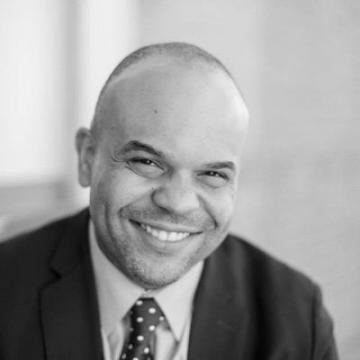Woodrow Wilson: Life After the Presidency
In nearly complete seclusion in the White House following his stroke in 1919, Wilson left office on March 4, 1921, after riding to the Capitol with his successor, Warren G. Harding. He did not stay for the inaugural, however, and rarely appeared in public from that day until his death three years later. He retired to his recently purchased home at 2340 S Street in Washington, DC, where he formed a short-lived law partnership with his former secretary of state, Bainbridge Colby, which was dissolved when it became obvious Wilson was unable to do the work.
Although he was nearly blind and remained partially paralyzed, Wilson fantasized about running for a third term in 1924 to seek a referendum from the American people on the League of Nations. In August 1923, he published a brief plea for a more enlightened foreign policy entitled “The Road Away from Revolution,” and in November he labored through a short Armistice Day address on a nationwide radio network, but he could not manage any real public role. He died quietly at his home on February 3, 1924, and is buried in the National Cathedral in Washington, DC.
Wilson's last home, on S Street in Washington, which was filled with mementos of his public career and kept largely unchanged by Edith Wilson until her death in the 1960s, is now a museum maintained by the National Trust. His birthplace in Staunton, Virginia, houses the Woodrow Wilson Presidential Library. Other family homes, in Augusta, Georgia, and Columbia, South Carolina, are also open to the public.
